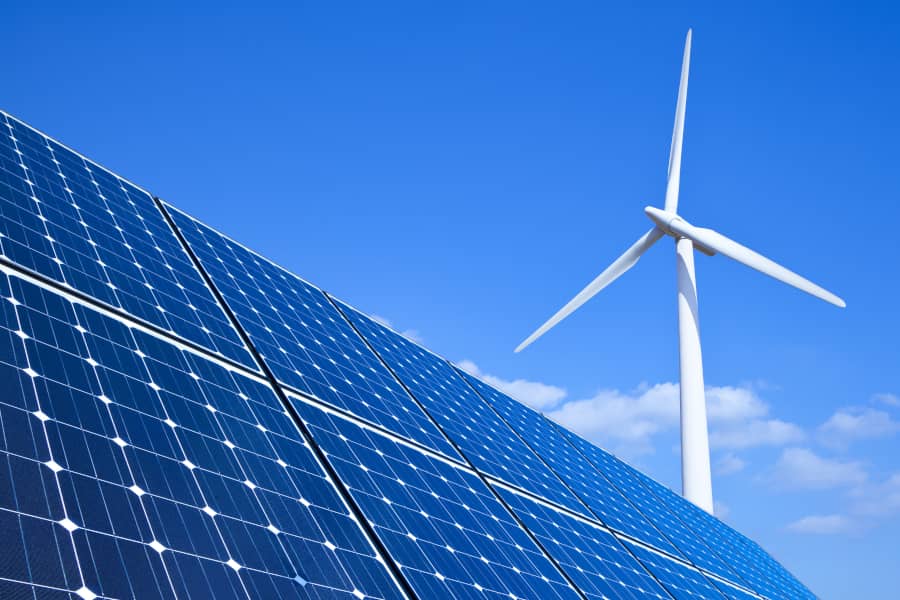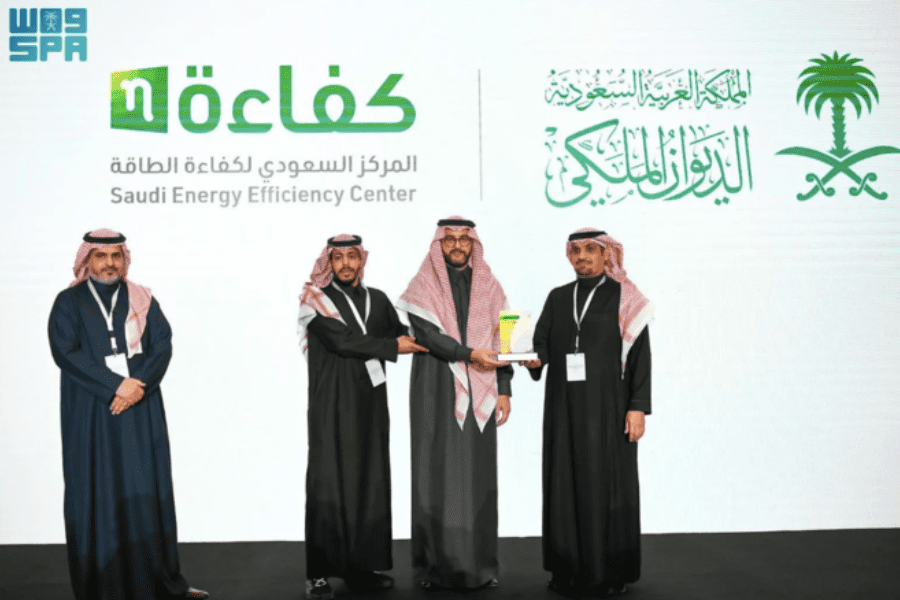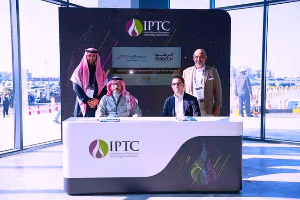Energy storage solutions for the Middle East

With countries in the Middle East pushing ahead with some of the most ambitious renewable energy schemes in the world, attention is now turning to the potential for storing produced energy to allow the dispatch of electricity 24 hours a day
With renewables now accounting for the majority of newly installed power capacity globally, governments and energy companies around the world are looking for more reliable storage options.
In the Middle East, the most promising energy storage technologies include battery storage, with lithium-ion batteries regarded as the most feasible due to the maturity of the technology. “Previously, we have seen deployment of sodium-sulphur batteries in certain projects in the region, but these batteries have not seen the same growth rates as lithium-based batteries,” said Dr Ibraheem Al-Mansouri, Head of Engineering at Masdar Clean Energy, part of Masdar.
“The cost of lithium has decreased rapidly over the past few years and this has helped make it a more viable solution. In the future, it will be likely that redox-flow and metal-air, such as zinc-air batteries, will also have potential for use in the region due to their merits, such as longer storage duration and lifetime.”
Masdar was an early investor in renewable energy integrated with storage, as a longstanding partner in Batwind in the United Kingdom, the world’s first smart battery system connected to an offshore wind farm. The 1.3MWh battery stores excess electricity generated from the world’s first commercial floating windfarm, the 30MW Hywind Scotland.
Thermal solar storage solutions
Thermal energy storage, combined with Concentrating Solar Power (CSP), is already being developed in the Middle East. The advantage of thermal storage is that the readily available technology can provide energy storage for upwards of 8 hours.
Saudi Arabia’s Acwa Power is developing the fourth phase of Dubai’s Mohammed bin Rashid (MBR), which will include 700MW of CSP solar. The project is the largest single-site CSP solar project in the world and is expected to enable thermal storage capacity of up to 15 hours. The project will also contain 250MW of PV solar capacity.
Masdar is an investor in the Gemasolar thermal power plant in Spain, which was the first commercial-scale renewable energy project in the world to use molten salt thermal storage technology.
Currently, the Masdar Institute Solar Platform at Masdar City, which is ran by the Khalifa University of Science and Technology (KU), is testing this type of thermal storage technology and its feasibility for use in the region.
“(Energy storage) is crucial because the clean energy transition won’t be achieved through renewable energy projects alone,” Almansouri said. “In fact, unless we enhance grid infrastructure and power storage technology, increasing the supply of intermittent renewable energy could heighten the risk of power outages, and the need for fossil fuel ‘peaker’ plants at times of high demand.”
Latest technologies
Masdar also signed an agreement with Swedish company Azelio and KU last year to develop a pilot project in Masdar City. The project aims to test and demonstrate Azelio’s Stirling engine systems and an integrated thermal energy storage (TES) solution for renewable energy projects that use solar photovoltaic, CSP and wind energy, or projects that provide off-grid solutions. Its purpose is to determine whether the technology can be included in current and future renewable energy projects.
Azelio recently signed a contract to provide energy storage technologies for the fourth phase of Dubai’s MBR solar project.
“The suitability of these storage technologies is also demonstrated by projects such as the Mohammed bin Rashed Al Maktoum Solar Park in Dubai, which is currently deploying molten salt thermal storage in phase four of the park’s development,” said Almansouri.
“Electricity storage solutions are strategically very important for us, and we are building capabilities through projects such as Batwind and our 30MW Hywind plant, which is designed to store and release electricity when it is most needed. In the long-term, the cost of storing energy needs to drop significantly, particularly if shifting solar daytime production into the night becomes necessary.”
He also spoke of compressed air storage and hydrogen as showing promising signs for carrying energy for long duration storage, or even export.
Azelio’s long-duration energy storage solution, TES.POD, stores energy in recycled aluminium at 600 degrees, which is then converted on demand to electricity and to 55 to 65-degree heat via a Stirling engine. “The system is very competitive with a total efficiency of up to 90 percent from electricity to outgoing energy,” said Jonas Eklind, its CEO. “It is very cost competitive also when only the electricity component is used as output. The solution is module-based and cost-efficient from 0.1 MW to 100 MW and can provide, for example, hospitals, factories, mines and smaller communities with renewable energy around the clock.”
He said it was currently difficult to find long-duration storage that can handle energy shifting for baseload power, which is necessary in order for solar energy to become available around the clock. “The TES.POD offers a solution to that problem,” he added. “Implementing good solutions for energy storage is important to complement existing and future solar energy installations, such as PV and CSP, in order to get reliable access to electricity and energy in other forms.”
Pumped-hydro storage
Pumped hydro storage currently accounts for the largest percentage of energy storage capacity globally, and Dubai is moving ahead with the GCC’s first pumped hydro storage project.
In August 2019, state utility Dubai Electricity & Water Authority (Dewa) awarded an AED1.437bn ($391.3m) construction contract for the 250MW Hatta pumped storage hydroelectric power station to a consortium of Strabag Dubai, Strabag , Andritz Hydro and Ozkar.
The project will use water stored in the Hatta Dam, near the Oman border, which can store up to 1,716 million gallons of water. The project will involve the construction of an upper reservoir, which will be able to hold up to 880 million gallons. The upper reservoir will be located 300m above the dam level. During off-peak hours, turbines will use solar energy to pump water from the dam to the upper reservoir.
According to Dr Najib Dandachi, CEO of UAE-based consultancy Al-Usul, mechanical pumped-hydro systems, may offer more opportunities on a larger scale for places like Lebanon, Iraq and Oman than the rest of the GCC with battery and thermal offering the most suitable propositions in the coming years.
As the wider deployment of renewable energy and rapid technological advancement of various storage techniques is expected to enable the commercialisation of others, such as the mechanical flywheel and hydrogen. Dandachi says the latter deserves more interest for its attractiveness in storing a large amount of renewable energy – which exists in abundance in the Middle East – over long periods of time compared to batteries.
Hydrogen opportunity
“Hydrogen could become an important medium of seasonal storage, such as underground in rock formations similar to natural gas, and in district cooling with cold or ice storage,” he noted. “But national hydrogen strategies need to be developed. National oil companies need to follow Oman, which is transforming PDO in EDO, similar to other global oil and gas companies.”
“The selection of the most appropriate option depends on whether the storage is being deployed as a mitigation for intermittency, grid stability, production cost reduction or capacity provision to supply demand,” he explained. “Energy storage is increasingly a necessity in the Middle East, over the coming years, due to the growing penetration of wind and abundant solar, especially as some countries are embarking on over-ambitious renewable energy programs that are probably beyond their grid capability to evacuate.”
Grid stability
The impending addition of significant variable renewable energy capacity to grids across the region will increase the importance of storage in maintaining a continuous and flexible power supply.
“While storage is not needed for main system demand supply, it can have a niche role in securing the energy provision for the many islands scattered around the Gulf and the Red Sea, and remote desert places where it is more practical to have a decentralised and independent power supply,” he added. “The future of electricity supply and possibly the grid will be decided by the combined technological advances of solar PVs and storage.”
According to BloombergNEF, nuclear and combined-cycle gas turbines (CCGTs) could command a premium for their ability to provide baseload, but this advantage will diminish as flexible batteries are procured. “Falling lithium-ion costs are making battery storage economically viable in the Gulf,” it said. “In 2019, batteries were included in subsidy schemes in the UAE and Oman. Adding batteries would help make up for a lack of low-carbon flexible resources such as hydro, and help integrate renewables.”
Costs will also need to come down further for energy storage projects to really take off in the region, for both batteries and green hydrogen.
“A market needs to be created and fossil fuel subsidies need to be removed completely to have a level playing field,” he added. “For the creation of a market, a regulatory framework is crucial, such as Oman which is introducing the first spot market in the region.”
Storage is also said to help reduce greenhouse gas emissions, impacting the climate, and other emissions harming health. “Renewable energy in itself has become very affordable, representing an opportunity to bring more people around the globe out of energy poverty, improving their prospects for a better life,” Eklind concluded.
Written by Caline Malek
Energy & Utilities - Middle East and Africa Market Outlook Report 2024.
This must-have report for industry players offers a thorough understanding of the latest developments, challenges, and opportunities in the region, supported by data, analysis, and expert insights.








